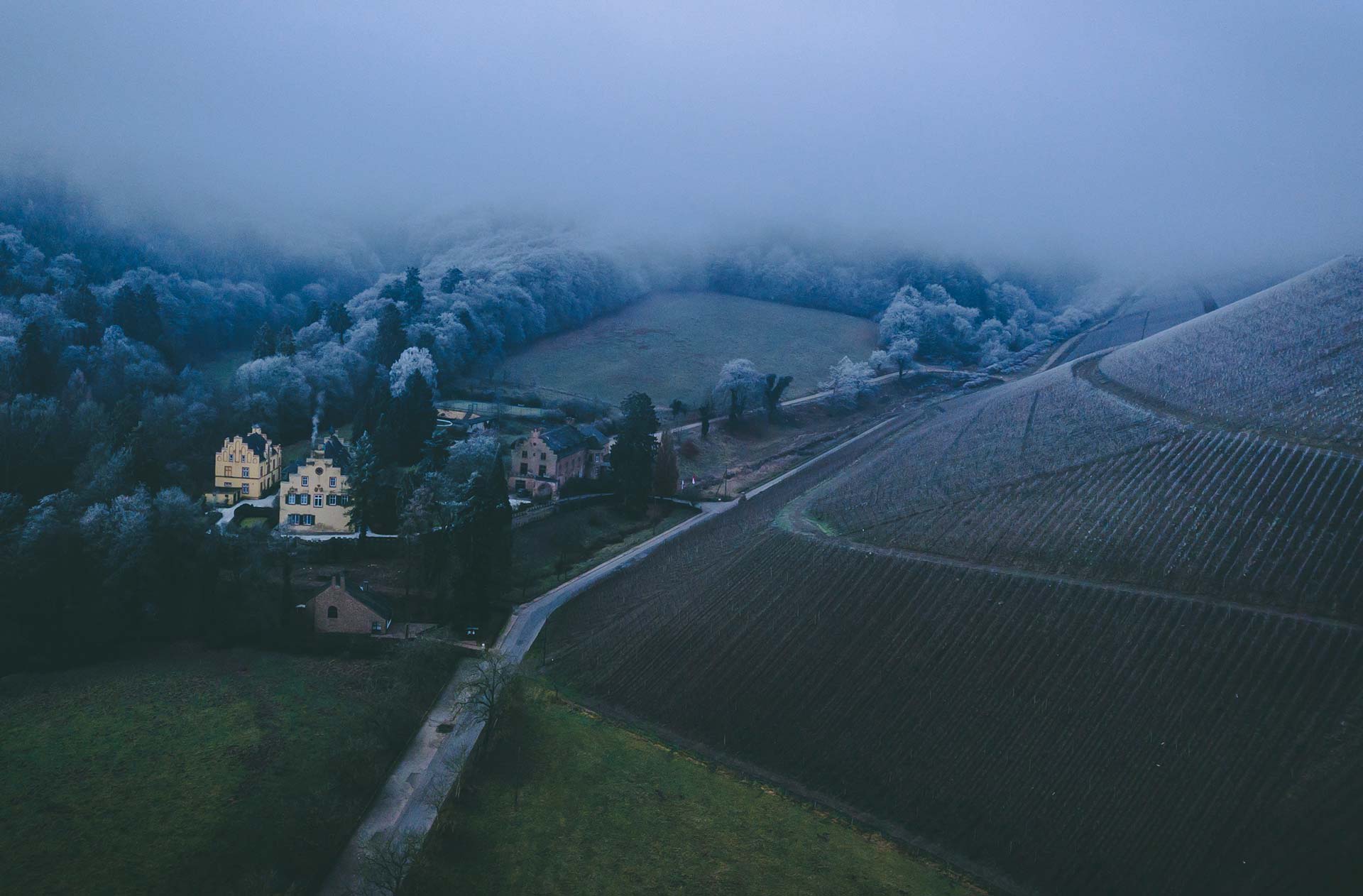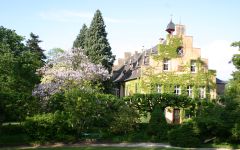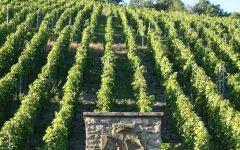Maximin Grunhaus Mosel Riesling Brut Sekt 2018



Product Details
Your Rating
Somm Note
Winemaker Notes
The Riesling Sekt brut leaves a strong impression on the nose with its typical Grünhäuser herbal spice and its rich fruit aroma. Yellow stone fruits such as mirabelle plums, peaches and apricots combined with the scent of yellow flowers, beeswax and ripe lemon. Then on the palate the subtle sweetness of quince, yellow apple and light pear. A hint of wild herbs, daffodils and lemon balm accompany the pronounced fruit aromas. Its invigorating citrus fruit and tangy but fine perlage give it a great freshness, which is only topped by its long mineral aftertaste.
Solo as an aperitif, but also with stained and marinated salmon with a mango-avocado salad or lemon chicken sauté.
Other Vintages
2019-
James
Suckling
-
Wine
Enthusiast
-
Wine
Enthusiast

Representing the topmost expression of a Champagne house, a vintage Champagne is one made from the produce of a single, superior harvest year. Vintage Champagnes account for a mere 5% of total Champagne production and are produced about three times in a decade. Champagne is typically made as a blend of multiple years in order to preserve the house style; these will have non-vintage, or simply, NV on the label. The term, "vintage," as it applies to all wine, simply means a single harvest year.

Following the Mosel River as it slithers and weaves dramatically through the Eifel Mountains in Germany’s far west, the Mosel wine region is considered by many as the source of the world’s finest and longest-lived Rieslings.
Mosel’s unique and unsurpassed combination of geography, geology and climate all combine together to make this true. Many of the Mosel’s best vineyard sites are on the steep south or southwest facing slopes, where vines receive up to ten times more sunlight, a very desirable condition in this cold climate region. Given how many twists and turns the Mosel River makes, it is not had to find a vineyard with this exposure. In fact, the Mosel’s breathtakingly steep slopes of rocky, slate-based soils straddle the riverbanks along its entire length. These rocky slate soils, as well as the river, retain and reflect heat back to the vineyards, a phenomenon that aids in the complete ripening of its grapes.
Riesling is by far the most important and prestigious grape of the Mosel, grown on approximately 60% of the region’s vineyard land—typically on the desirable sites that provide the best combination of sunlight, soil type and altitude. The best Mosel Rieslings—dry or sweet—express marked acidity, low alcohol, great purity and intensity with aromas and flavors of wet slate, citrus and stone fruit. With age, the wine’s color will become more golden and pleasing aromas of honey, dried apricot and sometimes petrol develop.
Other varieties planted in the Mosel include Müller-Thurgau, Spätburgunder (Pinot Noir) and Weissburgunder (Pinot Blanc), all performing quite well here.









